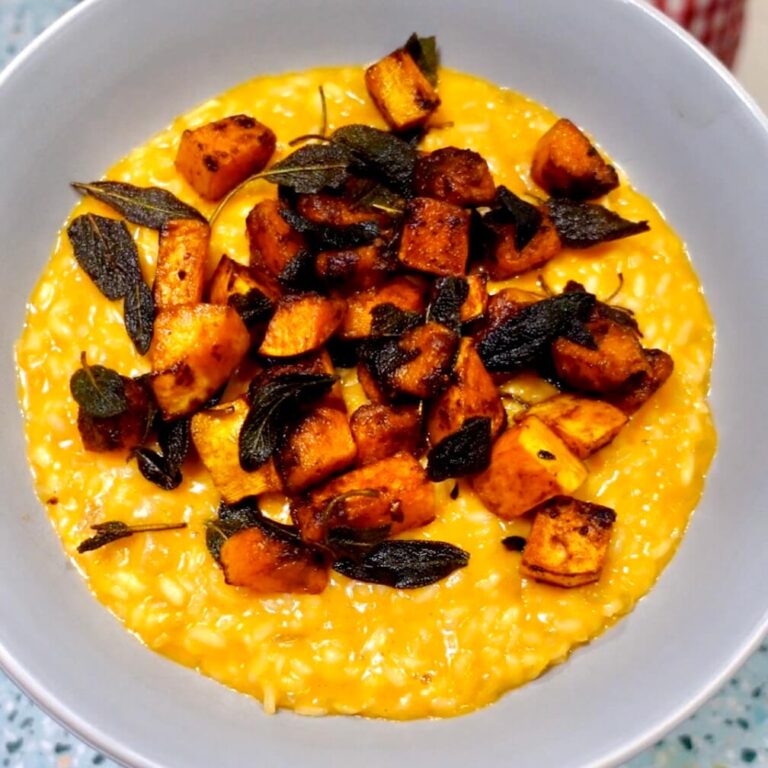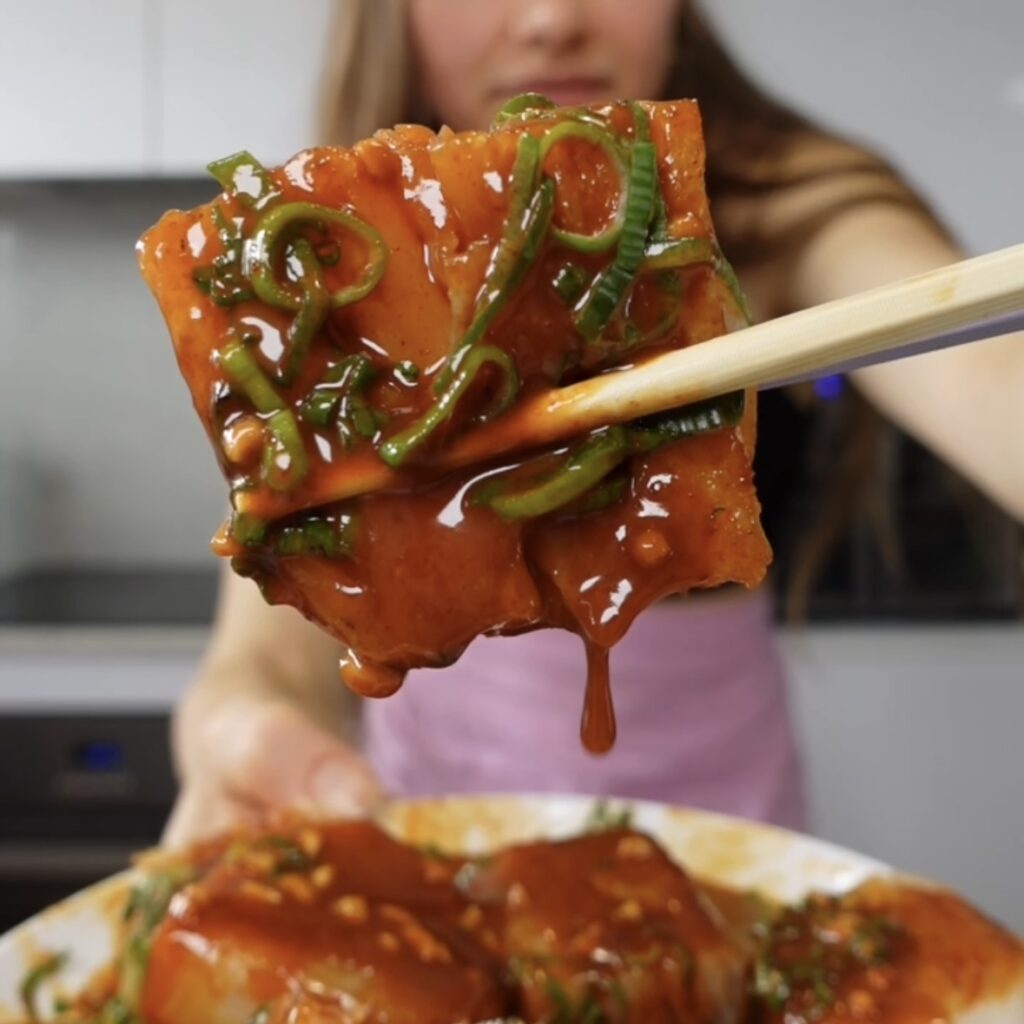
Ingredients
Method
- Preheat the oven to 190C.
- Toss the cubed pumpkin in a good drizzle of olive oil, salt and pepper and lay out on a lined baking tray. Place in the oven and roast for 20-30 minutes or until the pumpkin is soft and slightly caramelized.
- When finished baking, blitz 3/4 of the pumpkin with a splash of milk or stock until smooth and set the remaining 1/4 aside for the topping. If you don’t have a food processor or just if you'd prefer to, you can mash the pumpkin by hand.
- Add 1/2 butter and olive oil to a saucepan over medium heat.
- Once the butter is melted and the pan is hot, add the onion and garlic and sauté until soft and translucent.
- Add the rice and toast for a few minutes until it smells toasty or nutty. The rice shouldn’t really change colour but just get a nice smell.
- Add the wine, and a ladle of stock, drop the heat to low and stir until fully absorbed.
- Once absorbed, add the next ladle of stock and continue this process until the rice is fully cooked. You might need more or less stock depending on the brand of rice you use and how hot your pan is (A higher heat can mean that more of the liquid will evaporate rather than absorb into the rice)
- Stir through the pumpkin puree.
- Add the parmesan, and season with salt and pepper.
- In a small frypan over med-high neat, add the remaining butter and olive oil.
- When it's hot, drop in the sage leaves (be careful, the might spit hot oil a little) and fry for about 20-30 seconds before dropping in the remaining pumpkin from earlier.
- Fry for about a minute or until the pumpkin is warmed through and slightly crisp on the outside.
- Serve the risotto topped with the crispy pumpkin and sage and optionally, another sprinkle or a few shavings of parmesan cheese.




















